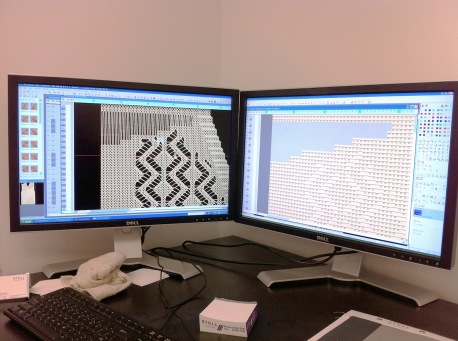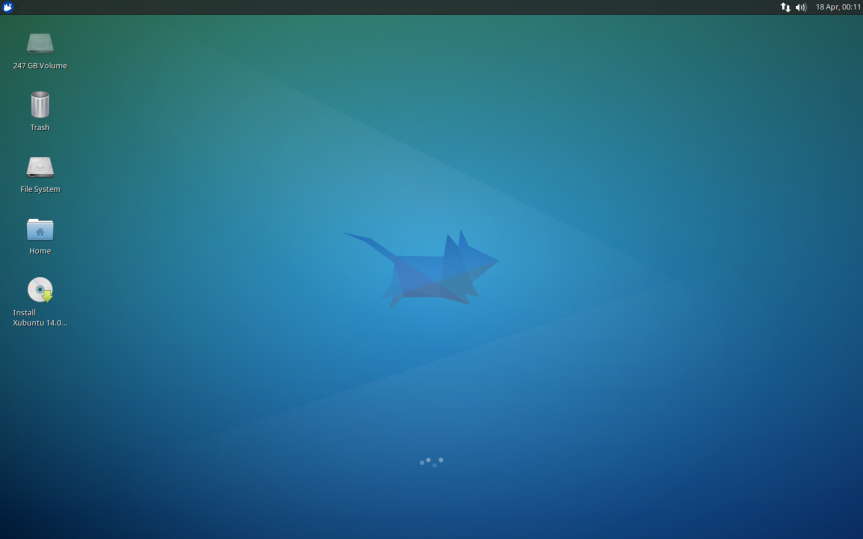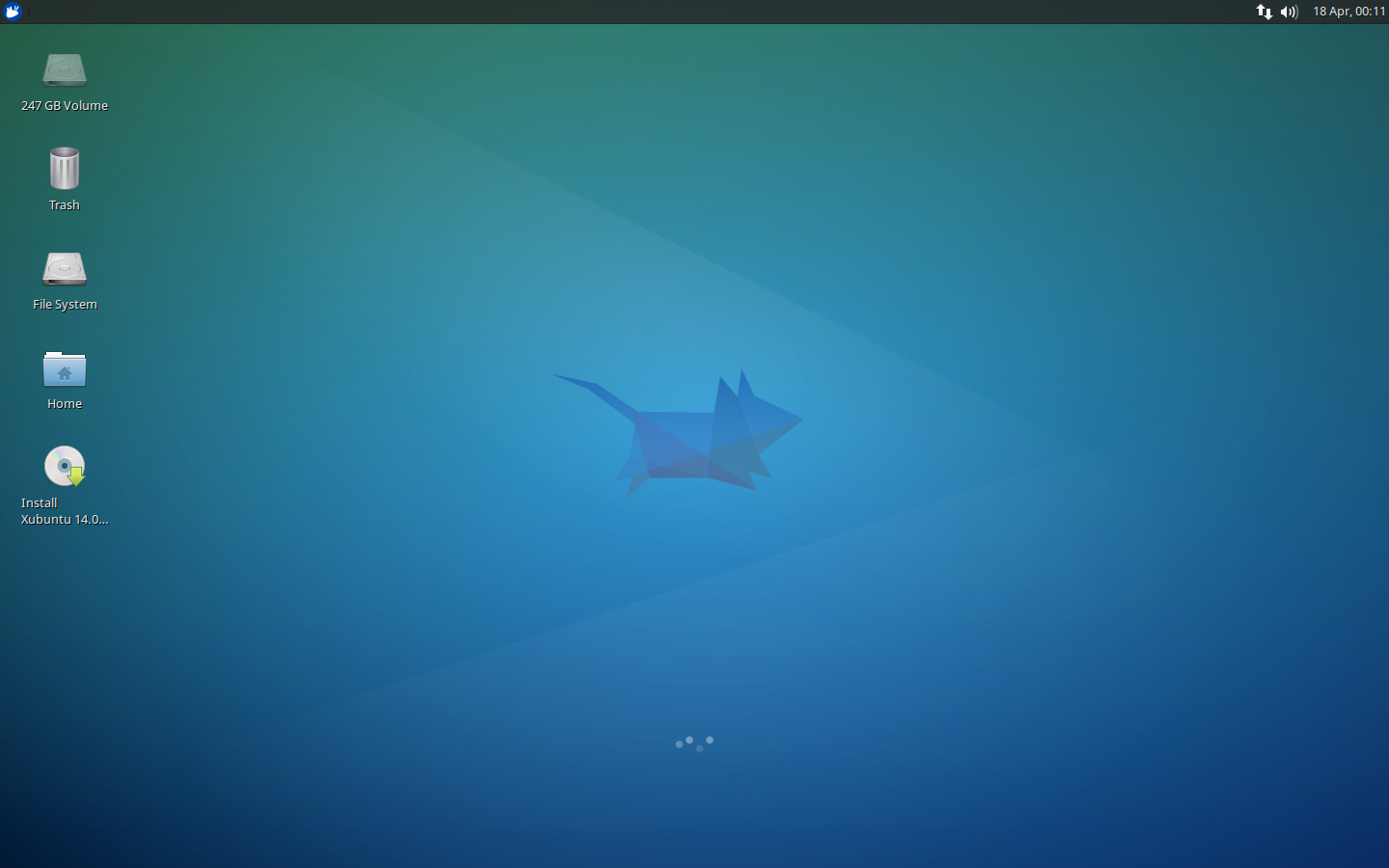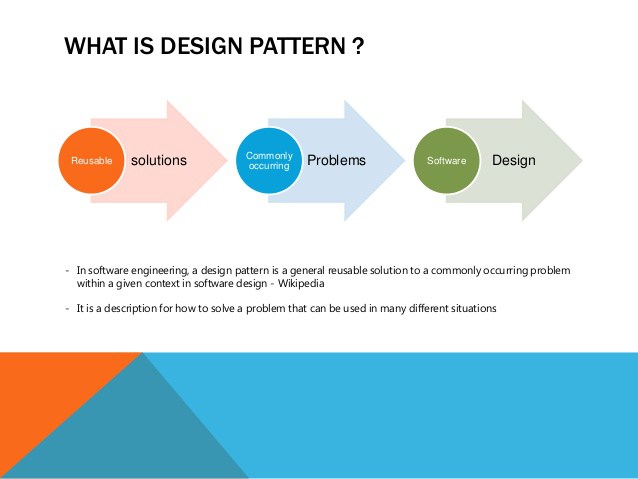Software Testing can be defined as the process of executing a program with the purpose of finding bugs, but the fact is that this process is just one part of what a complete Software Testing is. Besides of debugging, testing includes validating and verifying that a software meets the business and technical requirements, works as expected and can be implemented.
I’d like to list some important characteristics of software testing:
- Testing is a process rather than a single activity.
- To design tests early in the life cycle can prevent you from having defects in the code. That’s a reason why Agile Development is so cool!
- Testing can be Static, it can test and find defects without executing code, it includes reviewing documents.
- Or it can be Dynaminc, the code is executed to see the results of running tests.
- From the beginning, it’s important to choose what testing we will do, by selecting test conditions and designing test cases.
- We evaluate to check the results and the completion criteria.
- Blackbox testing ignores the internal mechanism and focuses on the output generated.
- Whitebox testing takes into account the internal mechanism.
There are many types of testing:
- Unit Testing.
- Integration Testing.
- Functional Testing.
- System Testing.
- Stress Testing.
- Performance Testing.
- Usability Testing.
- Acceptance Testing.
- Regression Testing.
- Beta Testing.
You can read more about them here.
Source:
- http://www.codeproject.com/Tips/351122/What-is-software-testing-What-are-the-different-ty
- http://istqbexamcertification.com/what-is-a-software-testing/



 Software architecture is the process of defining a structured solution that meets all of the technical and operational requirements, while optimizing common quality attributes. As many other definitions, it seems simple and irrelevant, but what’s the real meaning of this this concept?
Software architecture is the process of defining a structured solution that meets all of the technical and operational requirements, while optimizing common quality attributes. As many other definitions, it seems simple and irrelevant, but what’s the real meaning of this this concept?




